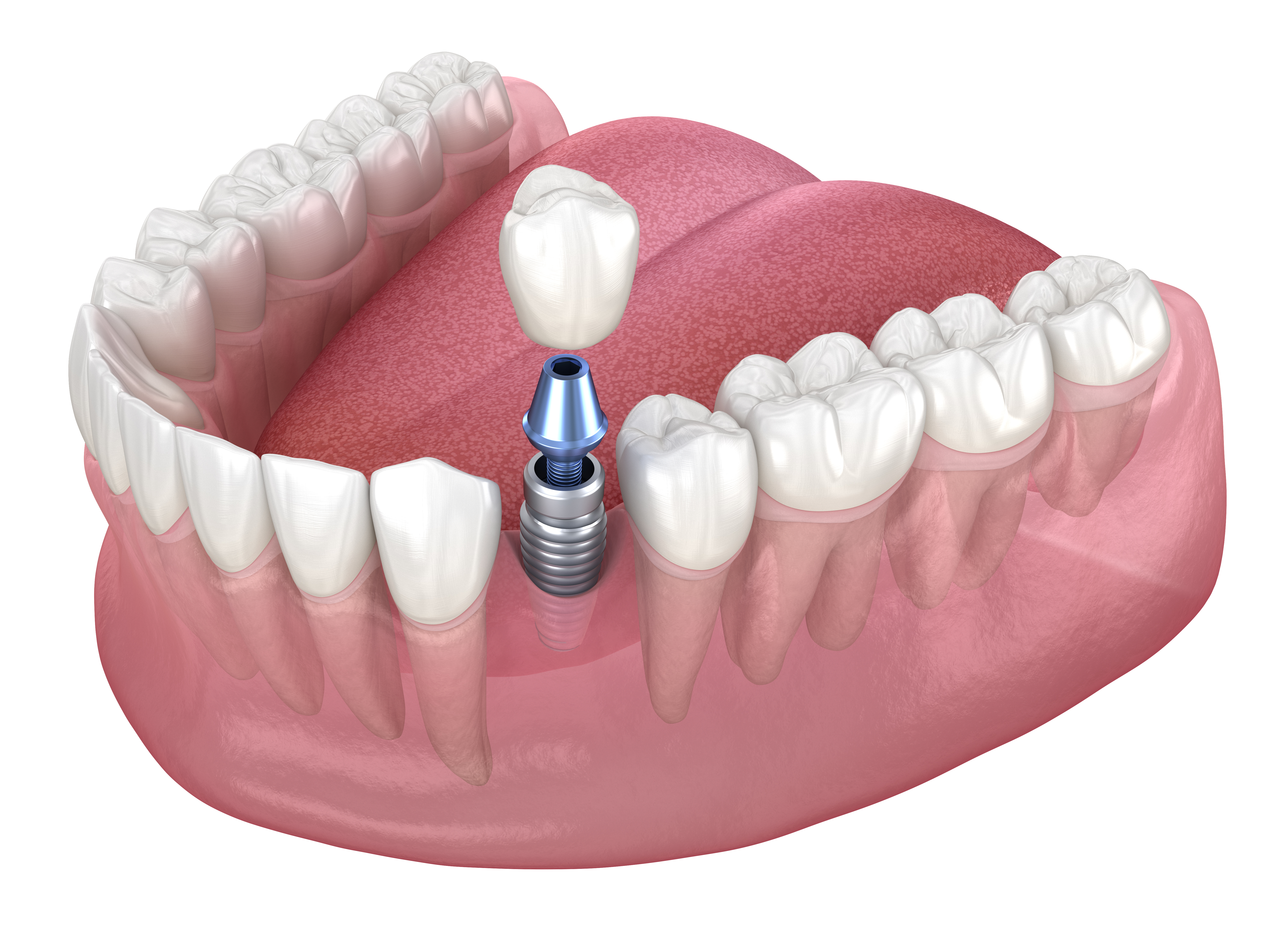Alternatives to Dentures: Options for Replacing Missing Teeth
Losing natural teeth creates practical and aesthetic challenges for chewing, speaking, and self-confidence. Fortunately, there are several alternatives to dentures that can restore function and appearance using different approaches — from fixed restorations to implant‑based solutions. Choosing the right option depends on oral health, bone levels, budget, and personal preferences.

This article is for informational purposes only and should not be considered medical advice. Please consult a qualified healthcare professional for personalized guidance and treatment.
What options exist for replacing missing teeth?
Options for replacing missing teeth include fixed and removable prostheses. Fixed restorations such as bridges attach to adjacent teeth and can replace one or several teeth without a removable appliance. Resin‑bonded (Maryland) bridges conserve tooth structure but suit limited situations. Removable partial prostheses are less invasive than full dentures and can be used when some natural teeth remain. Each approach balances durability, maintenance, and how natural the replacement feels.
When are dentures not the right choice?
Dentures may not be ideal when a patient has sufficient bone and prefers fixed, permanent restorations, or when previous dentures caused chronic soreness, poor fit, or difficulty chewing. Long‑term denture use can contribute to bone resorption, changing the shape of the mouth and affecting fit. Patients with certain medical conditions or limited manual dexterity might also find removable appliances difficult to manage. Clinical evaluation helps determine whether an alternative would improve comfort and function.
What dental bridges and partial solutions are available?
Dental bridges replace missing teeth by relying on adjacent teeth or implants for support. Traditional bridges use crowns on neighboring teeth; cantilever bridges suit cases with support on only one side. Removable partial dentures use metal or acrylic frameworks and clasps to retain prosthetic teeth. Precision‑attachment partials offer improved aesthetics by hiding clasps. Dental restorations may require tooth preparation, and candidates need good oral hygiene and healthy supporting teeth to maximize long‑term success.
How do dental implants compare to dentures?
Dental implants are titanium posts placed in the jawbone to support crowns, bridges, or implant‑retained dentures. Implants preserve bone by transferring chewing forces to the jaw, often improving stability and chewing efficiency compared with conventional dentures. Implant treatments typically involve surgery, a healing period for osseointegration, and staged prosthetic work. While implants can offer durable, fixed solutions, candidacy depends on bone volume, general health, and willingness to undergo surgery and follow‑up care.
What to consider for mouth health and maintenance?
Keeping the mouth healthy is essential regardless of the replacement chosen. For implants and bridges, daily cleaning around abutments or under pontics prevents plaque accumulation and gum inflammation. Removable partials need regular cleaning and periodic relining as the mouth changes. Routine dental visits for professional cleaning and evaluation allow early detection of complications like peri‑implantitis or decay in surrounding teeth. Nutrition, smoking cessation, and good oral hygiene habits support long‑term outcomes.
How to find local services for tooth replacement
When seeking local services, consider both general dentists and specialists such as prosthodontists or oral surgeons for complex cases. Review credentials, ask about experience with specific procedures (for example implant placement or full‑arch restorations), and request to see before-and-after photos or patient references. Inquire about diagnostic tools available in the office (digital X‑rays, CBCT scans) and whether a comprehensive treatment plan and timeline are provided. Discuss follow‑up care, warranties, and what routine maintenance will be required for the chosen solution.
In summary, alternatives to dentures range from bridges and removable partials to implant‑supported restorations, each with distinct benefits and trade‑offs for function, maintenance, and bone preservation. The best approach depends on individual oral health, anatomical considerations, and personal goals. A thorough evaluation by a dental professional will clarify options and help develop a tailored treatment plan.






